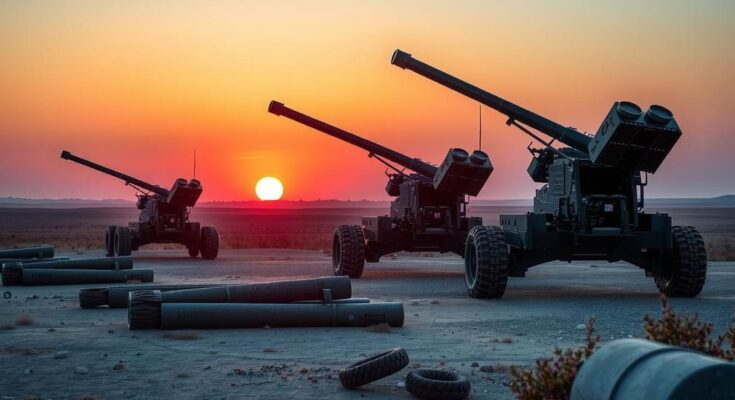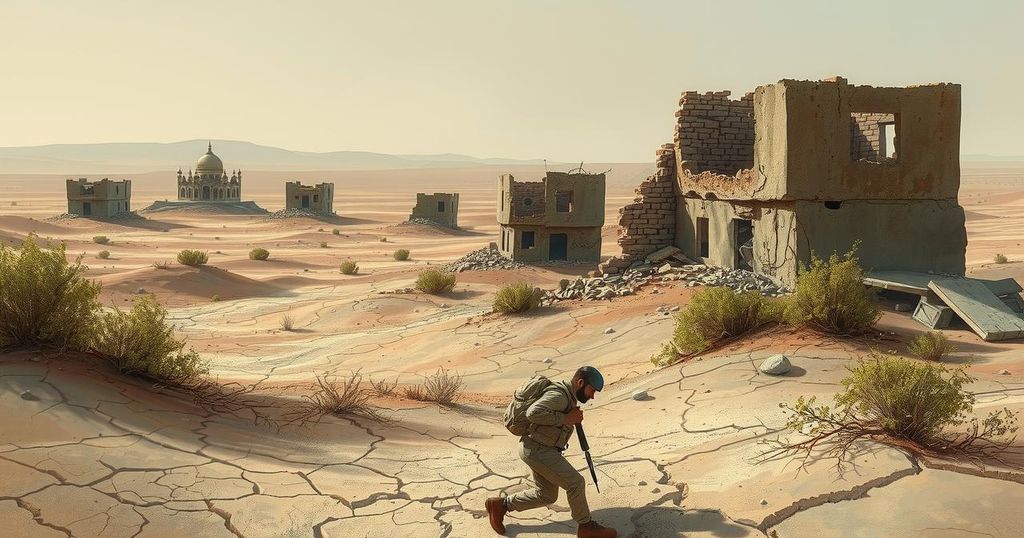Ukrainian drone operators may have damaged three North Korean M1989 howitzers in a coordinated strike in Kursk Oblast. The attack involved HIMARS units supplied by the US, releasing submunitions from an M30 rocket. Following a series of conflicts, both sides faced heavy casualties, marking the engagement as a costly victory for the Russians and North Koreans.
Forbes reports that the Ukrainian 14th Regiment of Unmanned Aerial Systems may have successfully damaged three North Korean M1989 howitzers during a coordinated strike. The drone operators detected three tracked 170-millimeter guns concealed within treelines in Kursk Oblast, Russia, on or prior to March 18. Following this, they relayed the coordinates to a Ukrainian battery equipped with High-Mobility Artillery Rocket Systems (HIMARS).
The battery, which utilizes approximately 40 HIMARS units supplied by the United States, launched at least one M30 rocket that detonated above the trees, dispersing numerous grenade-sized submunitions over the M1989s and their crews. Although the damage’s full extent remains unclear, this strike adds to the ongoing conflict’s complexities.
The M1989 Koksan, weighing 40 tons, is a heavy self-propelled artillery system first introduced in North Korea in 1989. Noted for its unique 170-mm caliber and extended barrel, it can launch conventional shells up to 40 kilometers, while specialized active-reactive rounds can reach about 60 kilometers.
Forbes highlights that North Korea has supplied Russia with numerous military vehicles, including M1989 howitzers, anti-tank missile vehicles, and rocket launchers. Prior to the recent strike, Ukrainian forces had reportedly destroyed at least one M1989 along with several Bulsae-4 anti-tank launchers, while a Russian drone accidentally eliminated one of North Korea’s air defense systems.
A significant Ukrainian contingent was positioned in a salient within Kursk until last week, when a Russian attack by the Rubicon Center of Advanced Unmanned Systems devastated their supply lines in Sudzha. Concurrently, North Korean troops advanced in Kursk, further isolating Ukrainian positions, leading to a retreat and the loss of equipment. Nevertheless, Ukrainian air and artillery units continued conducting strikes against both Russian and North Korean forces in the vicinity.
Forbes characterizes the Kursk offensive as a costly victory for Russian and North Korean forces, resulting in tens of thousands of casualties and the loss of numerous vehicles, while the Ukrainian forces experienced comparatively lower losses. The situation underscores the ongoing volatility and destructiveness of the conflict.
In summary, the reported strike by Ukrainian forces on North Korean howitzers reflects the ongoing intensity of the conflict. The damage inflicted on the M1989 Koksan artillery systems, along with previous Ukrainian successes against North Korean military assets, reveals the complexities of the engagement in Kursk Oblast. The high casualties and losses experienced by both sides highlight the severe toll of the conflict, underscoring its Pyrrhic nature.
Original Source: euromaidanpress.com




